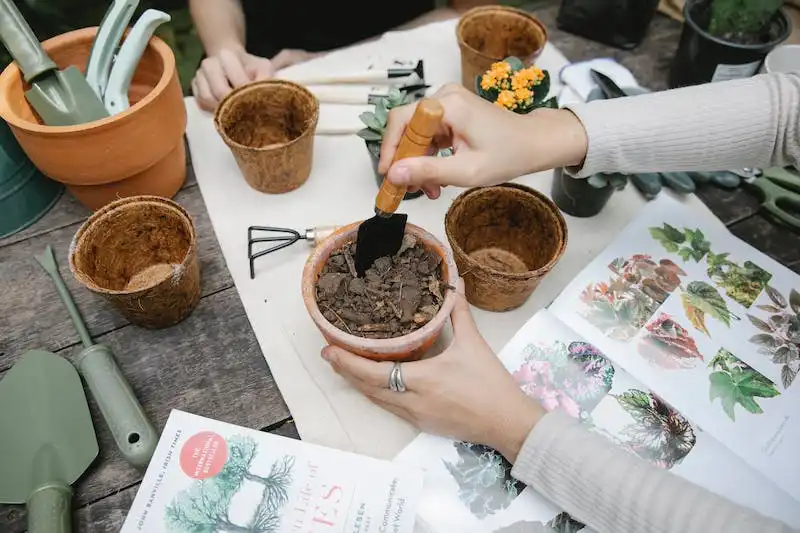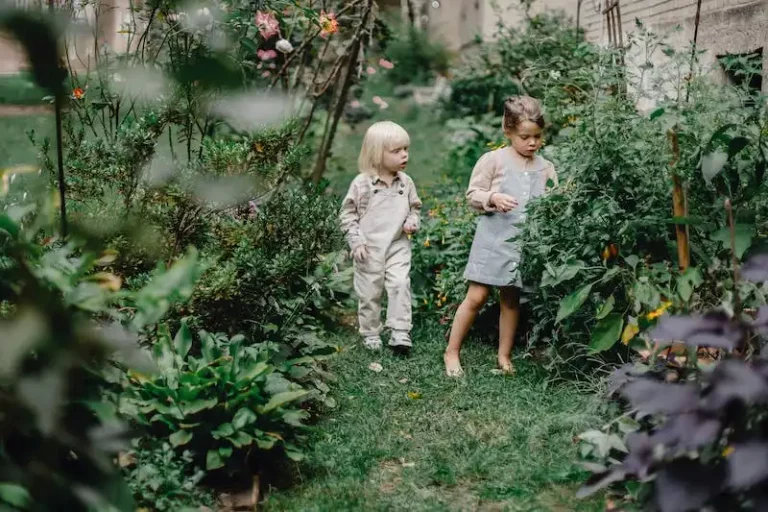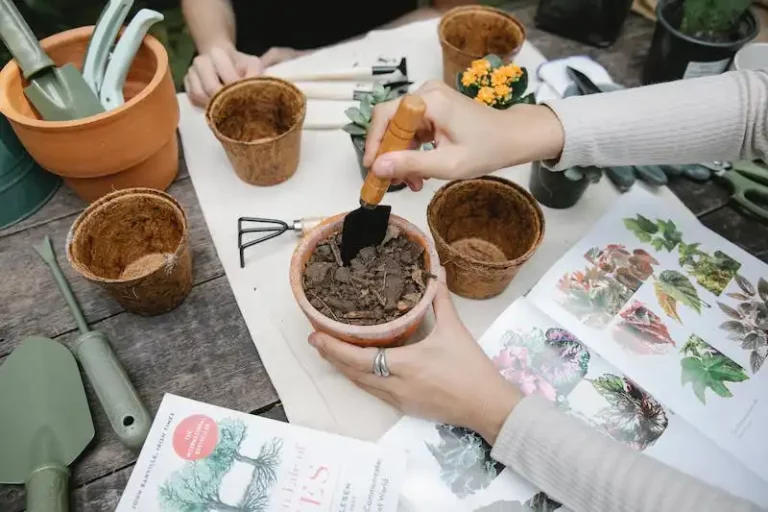The fittonia nerve plant, also known as Fittonia argyroneura, is a popular houseplant because of its striking foliage. Native to the tropical rainforests of South America, these plants thrive in high humidity and low light conditions. They are known for their vibrant, veined leaves in shades of green, pink, and white.
When it comes to caring for fittonia nerve plants, humidity is key. They prefer to be in a humid environment, so misting their leaves with water daily or placing a dish of water nearby can help increase the humidity levels. It is also important to avoid direct sunlight, as it can cause the foliage to scorch. Instead, place the plant in a location with bright, indirect light.
In terms of watering, fittonia nerve plants prefer to be kept consistently moist but not wet. Allow the top layer of soil to dry out slightly between waterings, and water thoroughly when needed. Using a peat-based potting mix can help retain moisture and provide adequate drainage.
Fertilizing fittonia nerve plants is also important for their growth and foliage color. Start fertilizing them in the spring or summer, using a balanced liquid fertilizer diluted to half strength. Fertilize once a month during the growing season, and reduce or stop fertilizing in the winter when growth slows down.
Fittonia nerve plants can be propagated through stem-tip cuttings. Simply cut a stem tip that has several pairs of leaves, remove the lower leaves, and place it in a moist potting mix. Keep the cutting in a warm, humid environment until roots emerge, then transplant it into a larger pot.
In conclusion, caring for a fittonia nerve plant involves providing it with the right humidity, lighting, and watering conditions. By following these steps and providing the plant with the proper care it craves, you can enjoy the beautiful and vibrant foliage of this unique houseplant.
Nerve Plant
The nerve plant, scientifically known as Fittonia argyroneura, is a popular houseplant that belongs to the Acanthaceae family. It is named after the intricate network of veins decorating its foliage, giving it a unique and vibrant appearance.
Care Requirements
- Lighting: The nerve plant prefers bright, indirect light. Placing it near a window where it can receive filtered sunlight is ideal. Direct sunlight can scorch its delicate leaves.
- Soil: A well-drained, peat-based soil is essential for the fittonia’s growth. A mixture of peat moss and perlite or sand works well.
- Moisture: The nerve plant craves high humidity. It’s important to keep the soil moist, but not waterlogged. Maintain an even level of moisture and avoid letting the soil completely dry out between watering.
- Fertilizing: Fertilize fittonia plants monthly during the growing season (spring and summer) with a balanced houseplant fertilizer. Avoid fertilizing during the dormant period in fall and winter.
Pests and Diseases
Fittonia plants are generally hardy, but they can attract certain pests such as mealybugs and spider mites. Keeping the plant in a clean and well-ventilated environment can prevent infestations. If pests do appear, use an appropriate insecticidal soap or horticultural oil to eliminate them. Also, watch out for powdery mildew, a fungal disease that can appear on the foliage. Ensure good air circulation and avoid overwatering to prevent this issue.
Propagation
Fittonia plants can be propagated through stem cuttings or by seed. Stem cuttings are the easiest and most common method. Cut a healthy stem below a leaf node and remove the lower leaves. Place the cutting in a moist, well-draining rooting medium. Keep the cutting warm and humid until roots develop, and then transplant it into a pot with suitable soil.
Pruning
Regular pruning helps to maintain a compact and vibrant fittonia plant. Pinch off the tips of the stems to encourage bushier growth and to prevent legginess. Pruning can also help control the size of the plant.
Conclusion
The nerve plant, with its beautiful patterned foliage, is a popular choice for indoor plant enthusiasts. By following these care instructions, providing the proper lighting, soil, and moisture conditions, as well as taking steps to prevent and address pests and diseases, your fittonia plant can thrive and bring beauty to your home.
Caring for Fittonia Year-Round
Fittonia plants, commonly known as nerve plants, are popular houseplants due to their unique and vibrant foliage. Here are some tips for caring for fittonia year-round:
Lighting: Fittonia plants prefer well-lit environments, but not direct sunlight. Place them in a location with bright, indirect light.
Watering: Overwatering can be a common issue with fittonia plants. Water them evenly and let the top inch of soil dry out between waterings. It is better to underwater than to overwater.
Humidity: Fittonia plants thrive in humid environments. If your home has poor humidity, you can place a tray of water or a humidifier near the plant to increase the moisture in the air.
Pruning: If your fittonia plant starts to look leggy or is experiencing poor growth, pruning can help. Pinch off the tips of the stems to encourage bushier growth.
Fertilizing: Feed your fittonia plant with a diluted liquid fertilizer once a month during the growing season (spring and summer). Be sure to follow the instructions on the fertilizer packaging for proper dosage.
Propagation: Fittonia plants can be easily propagated through stem cuttings. Take a stem cutting and root it in a peat-based potting mix. Keep the soil moist and provide high humidity until roots develop.
Common Issues: Fittonia plants can be prone to problems such as mites and yellowing foliage. Regularly inspect your plant for signs of pests and treat them with an appropriate soap spray. If the foliage turns yellow, it may be a sign of overwatering.
Terrariums: Fittonia plants are well-suited for terrariums due to their high humidity requirements. They can thrive in a closed environment where moisture is constantly present.
In conclusion, caring for fittonia year-round involves providing them with the right lighting, watering them properly, maintaining appropriate humidity levels, pruning when needed, and addressing any potential pest or moisture-related problems. By following these steps, you can enjoy the beautiful and vibrant foliage of your fittonia plant throughout the year.
Nerve Plant Problems
While Fittonia nerve plants are generally resilient and easy to care for, they can still encounter some common problems. It’s important to be aware of these issues so you can address them early and keep your plant healthy.
- Yellowing leaves: If the leaves of your nerve plant start to turn yellow, it may be a sign of overwatering. Make sure to allow the soil to dry slightly between waterings and avoid overwatering your plant.
- Collapsing stems: Nerve plants are fairly delicate, and their stems can collapse if they are not receiving enough light. Place your plant in a well-lit location, but avoid direct sunlight as it can scorch the leaves.
- Diseases and pests: Fittonia nerve plants are susceptible to certain diseases and pests. Some common diseases include root rot and powdery mildew. If you notice any signs of disease, remove affected parts of the plant and treat with appropriate fungicides. Be on the lookout for pests such as aphids and spider mites and address them promptly.
- Poor growth: If your nerve plant is not growing as expected, it may be due to insufficient lighting or poor soil quality. Ensure that your plant is receiving enough light, ideally bright indirect light, and use a well-draining potting mix. Additionally, fertilizing your plant every month during the growing season can provide the nutrients it craves.
- Overwintering: Fittonia nerve plants are not cold-hardy and may suffer during the winter months. If you live in a colder climate, consider bringing your plant indoors or providing a warm environment for it to thrive year-round.
- Propagation: If you want to propagate your nerve plant, you can do so by taking stem cuttings and placing them in water or moist peat moss. Keep the cuttings warm and moist until roots start to emerge, then plant them in a well-draining potting mix for continued growth.
By understanding these common issues and taking proactive measures to address them, you can ensure that your Fittonia nerve plant remains healthy and vibrant.
Nerve Plant Care Tips
When caring for a fittonia nerve plant, it is important to provide it with well-drained soil. The leaves of the plant are sensitive to overwatering, so a well-draining soil helps prevent waterlogged conditions.
Fittonia thrives in high humidity environments. To mimic its natural growing conditions, you can place a tray of water near the plant to increase humidity. Alternatively, you can also mist the plant with water regularly to keep the humidity levels up.
Although fittonia prefers bright, indirect sunlight, it can tolerate lower light conditions. However, if placed in too dark of an area, the plant’s growth may become compact and the leaves may droop.
Fertilizing fittonia should be done with caution. The plant can be sensitive to fertilizer, so it is best to use a diluted solution and apply it sparingly. Over-fertilizing can lead to leaf burn and other problems.
When it comes to watering, fittonia plants like to stay consistently moist, but not overly saturated. Water the plant thoroughly, allowing excess water to drain out from the bottom of the pot. However, be careful not to let the plant sit in stagnant water, as this can cause the roots to rot.
Fittonia can be propagated easily through stem cuttings. Simply cut a healthy stem just above a node, remove the lower leaves, and place the cutting in a peat-based potting mix. Keep the soil consistently moist until new roots develop.
Fittonia is generally not too susceptible to diseases, but it may occasionally have problems with pests such as spider mites or mealybugs. Regularly inspect the plant for any signs of infestation, and if necessary, treat it with an appropriate insecticide or insecticidal soap.
Repotting fittonia should only be done when necessary, as the plant prefers to be slightly rootbound. When repotting, use a well-draining potting mix and choose a container that is just slightly bigger than the current one.
Pruning fittonia is not often necessary, but you can trim back any leggy or overgrown stems to encourage bushier growth. Just make sure to use clean, sharp pruning shears and cut just above a leaf node.
With proper care and attention, fittonia can be a beautiful and low-maintenance addition to your indoor plant collection. Enjoy its unique and vibrant leaves while providing it with the ideal growing conditions it needs to thrive.




